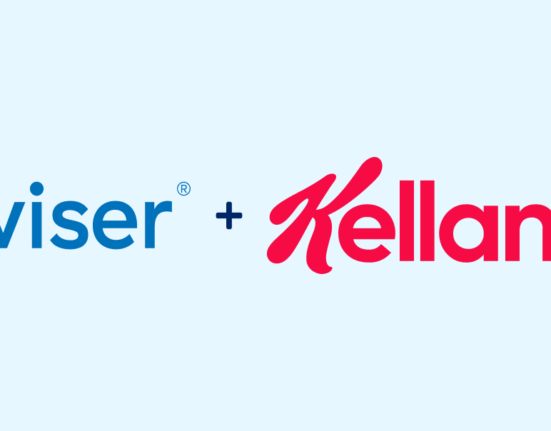In the dynamic world of Consumer Packaged Goods (CPG), brand management is a critical function that navigates complex landscapes to connect products with consumers. This is particularly challenging when considering the diverse channels and regions through which products must be marketed.
Below we’ll delve into some intricacies of how brand managers within CPG organizations manage to get their products in front of shoppers, addressing both the opportunities and internal conflicts that arise between global and local teams, as well as between eCommerce/digital and in-store teams.
Editor’s Note: Contributing author is Andrey Pankeev, Key Accounts Manager at Wiser Solutions.
Digital Channels and Consumer Engagement
The rise of digital channels has significantly impacted consumer engagement and sales, particularly in baby and shave care products. We distinguish between digital as a media channel and digital stores (eCommerce), each having profound implications for business strategies:
ECommerce represents a rapidly growing channel with distinct shopper patterns compared to traditional offline environments. Although it may constitute a much smaller percentage of the business, the ability for shoppers to access extensive information instantly—such as ratings, reviews, price comparisons, and expert advice—necessitates a dedicated team to ensure products are the preferred choice online.
This involves investing heavily in ensuring online content is positive, accurately reflects the brand, and effectively communicates product benefits. There is also a lot of opportunity for larger brands to act as thought leaders in “omnichannel,” and to help retailer partners with their own digital-meets-in-store strategies.
Digital Media has shifted the marketing paradigm from the traditional reliance on TV. Digital media offers advantages TV cannot, particularly in its ability to link brand awareness directly to sales through online platforms. By directing traffic from digital ads and social media to eCommerce sites, brand managers can directly influence sales, a connection that was previously difficult to measure with traditional media.
Navigating Cultural and Market Differences
The global vs. local team dynamic is a common source of internal tension within multinational CPG companies. Global teams often push for uniformity across markets to streamline operations and maintain brand consistency, while local teams advocate for customization to reflect local consumer preferences and insights. This tension extends to eCommerce and digital vs. in-store strategies:
Business Model Conversations often revolve around finding the right balance between product mix (i.e., top-, mid-, or lower-tier products), pricing strategy, and media investments (determining whether to invest in higher media budgets or extra sales commitments). Local teams need flexibility to adapt these elements to their markets to prevent issues like grey imports and to tailor the approach to local economic conditions.
Communication Strategy is another area where global and local teams may clash. While global teams may focus on broad, universal messaging and campaigns, local teams leverage digital platforms to implement region-specific marketing strategies. These strategies can include partnerships with local influencers, localized digital campaigns, and direct links to eCommerce platforms to drive sales and demonstrate the high ROI of localized digital initiatives.
Internal Conflicts: eCommerce/Digital vs. In-Store
The rise of eCommerce and digital marketing does not come without its challenges, particularly in relation to traditional in-store retail execution. ECommerce and digital teams push for innovation and rapid adoption of online sales channels, while in-store teams emphasize the importance of physical retail presence, shelf placement, and in-store promotions.
ECommerce and Digital Teams focus on harnessing the power of online platforms to reach consumers directly, advocating for more resources to be allocated towards digital marketing and online sales strategies. This often includes optimizing product listings, enhancing online content, and utilizing digital advertising to drive eCommerce growth.
In-Store Teams stress the continued importance of traditional retail, where physical packaging, shelf positioning, and in-store experiences play crucial roles in influencing consumer purchasing decisions. They argue for investments in in-store marketing, merchandising, and sales support to maintain a strong retail presence.
Conclusion
Navigating the complex landscape of brand management within CPG organizations involves balancing a multitude of factors, from the digital transformation of consumer engagement to the nuanced differences across global and local markets.
The challenge lies in harmonizing the strategies and objectives of global and local teams, as well as eCommerce/digital and in-store teams, to ensure cohesive brand management that effectively reaches consumers across all channels and regions. Achieving this balance is crucial for maintaining brand relevance, driving sales, and adapting to the ever-evolving consumer landscape.














